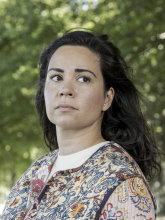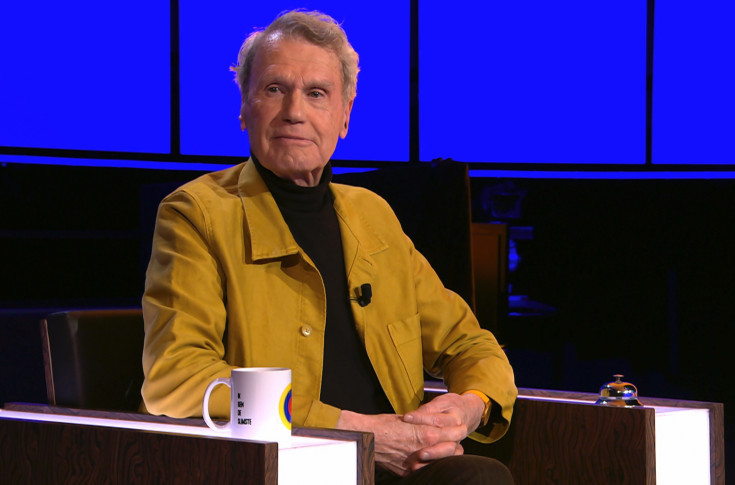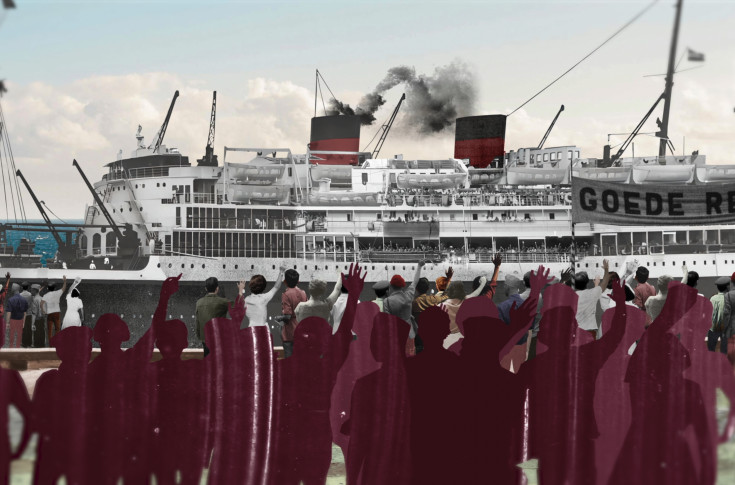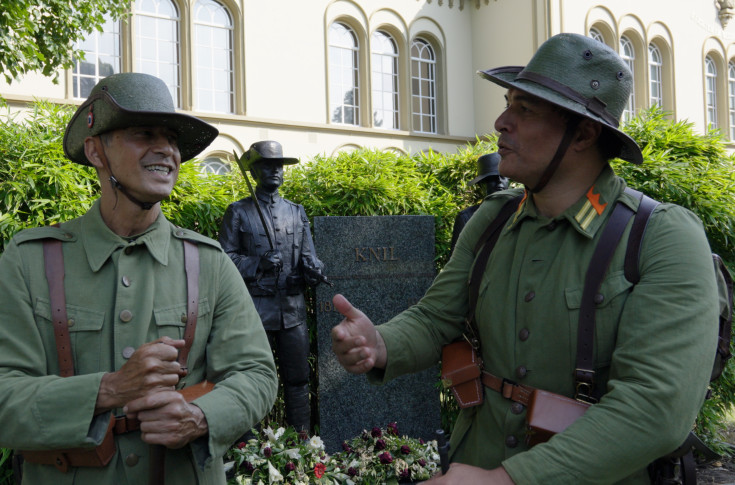Hetty Naaijkens-Retel Helmrich
Anak Indië
Anak Indië is een film over veerkracht, identiteit en een gedeeld verleden—een verleden dat nog altijd voelbaar en zichtbaar is in het Nederland van vandaag.

Nederland telt ruim twee miljoen mensen met wortels in de voormalige kolonie Nederlands-Indië, waarvan ruim 300.000 na de Tweede Wereldoorlog noodgedwongen naar Nederland zijn gerepatrieerd. Voor Indische Nederlanders, Molukse gezinnen en Peranakan-Chinezen betekende het een nieuw begin in een land dat hen niet altijd met open armen ontving.
Door middel van collage-animaties, muziek, 8mm-archiefbeelden en persoonlijke verhalen van bekende Indische Nederlanders zoals Yvonne Keuls, Adriaan van Dis en Wieteke van Dort – laat de film zien hoe zij een nieuw bestaan moesten opbouwen. Fotograaf Claude Vanheye toont zijn pad naar succes, een weg die allesbehalve geplaveid was, terwijl illustrator Thé Tjong-Khing het gevoel van ontheemd zijn benadrukt: hij voelt zich noch Chinees, noch Nederlander. De archiefbeelden illustreren het gevoel dat vele mensen met roots in Nederlands-Indië hebben: het gevoel tussen twee culturen te zijn geboren.
Dit wordt benadrukt door het ontroerende pianospel van componist/musicus Mariëtte Hehakaya die de wereld van de Molukse cultuur en de Nederlandse cultuur samenbrengt. Tegen deze achtergrond vertelt Anak Indië over typisch immaterieel erfgoed. Van de Indische rijsttafel tot muziek, van beeldcultuur tot de Nijmeegse vierdaagse — allemaal diep verweven in de Nederlandse samenleving. Anak Indië is een film over veerkracht, identiteit en een gedeeld verleden—een verleden dat nog altijd voelbaar en zichtbaar is in het Nederland van vandaag.
'Past in de culturele inhaalslag van de afgelopen tien jaar' - NRC (★★★★)
'Liefdevol portret' - de Volkskrant (★★★)
'Inzichtelijke docu over Indo’s, erfgoed en identiteit' - Trouw (★★★)
Deze film is te vinden op Subcatch en Earcatch. Voor meer informatie over Subcatch, klik hier. Voor meer informatie over Earcatch, klik hier.
The Netherlands is home to over two million people with roots in the former colony of the Dutch East Indies, more than 300,000 of whom were repatriated to the Netherlands out of necessity after World War II. For Indo-Dutch families, Moluccan households, and Peranakan Chinese, this marked a new beginning in a country that did not always welcome them with open arms.
Through collage animation, music, 8mm archival footage, and personal stories from prominent Indo-Dutch figures such as Yvonne Keuls, Adriaan van Dis, and Wieteke van Dort, the film shows how they had to rebuild their lives. Photographer Claude Vanheye shares his path to success—a road far from smooth—while illustrator Thé Tjong-Khing highlights the feeling of displacement: he feels neither Chinese nor Dutch. The archival images reflect the sense many people with roots in the Dutch East Indies share: the feeling of being born between two cultures.
This sentiment is underscored by the moving piano compositions of musician and composer Mariëtte Hehakaya, who bridges the worlds of Moluccan and Dutch culture. Against this backdrop, Anak Indië tells the story of a unique form of intangible heritage—from the Indo-Dutch rice table to music, from visual culture to the Nijmegen Four Days Marches—all deeply woven into Dutch society.
Anak Indië is a film about resilience, identity, and a shared past—a past that is still tangible and visible in the Netherlands today.
'Fits within the cultural catch-up of the past decade' – NRC (★★★★)
'Loving portrait' – de Volkskrant (★★★)
'Insightful documentary about Indo people, heritage, and identity' – Trouw (★★★)
This film is available on Subcatch and Earcatch. For more information about Subcatch, click here. For more information about Earcatch, click here.

Speciale voorstelling met nagesprek
Op donderdag 14 augustus is er een bijzondere editie van het Indisch Vragenvuur bij de vertoning van Anak Indië. Het vragenvuur is een initiatief van Jong 1508, de jongerenwerkgroep van Stichting 15 augustus 1945. Dit keer is het publiek te gast, Juul Willemsen van Jong 1508 is de host! Na de film gaan we met elkaar in gesprek. Wat betekent herdenken? Waarom is het zo belangrijk dat we het verhaal van deze geschiedenis doorvertellen? En hoe doen de nieuwere generaties dat? Wat nemen we mee van onze voorouders?



.jpg/652aa195f008b9d25ca0736a27fc346f.jpg)